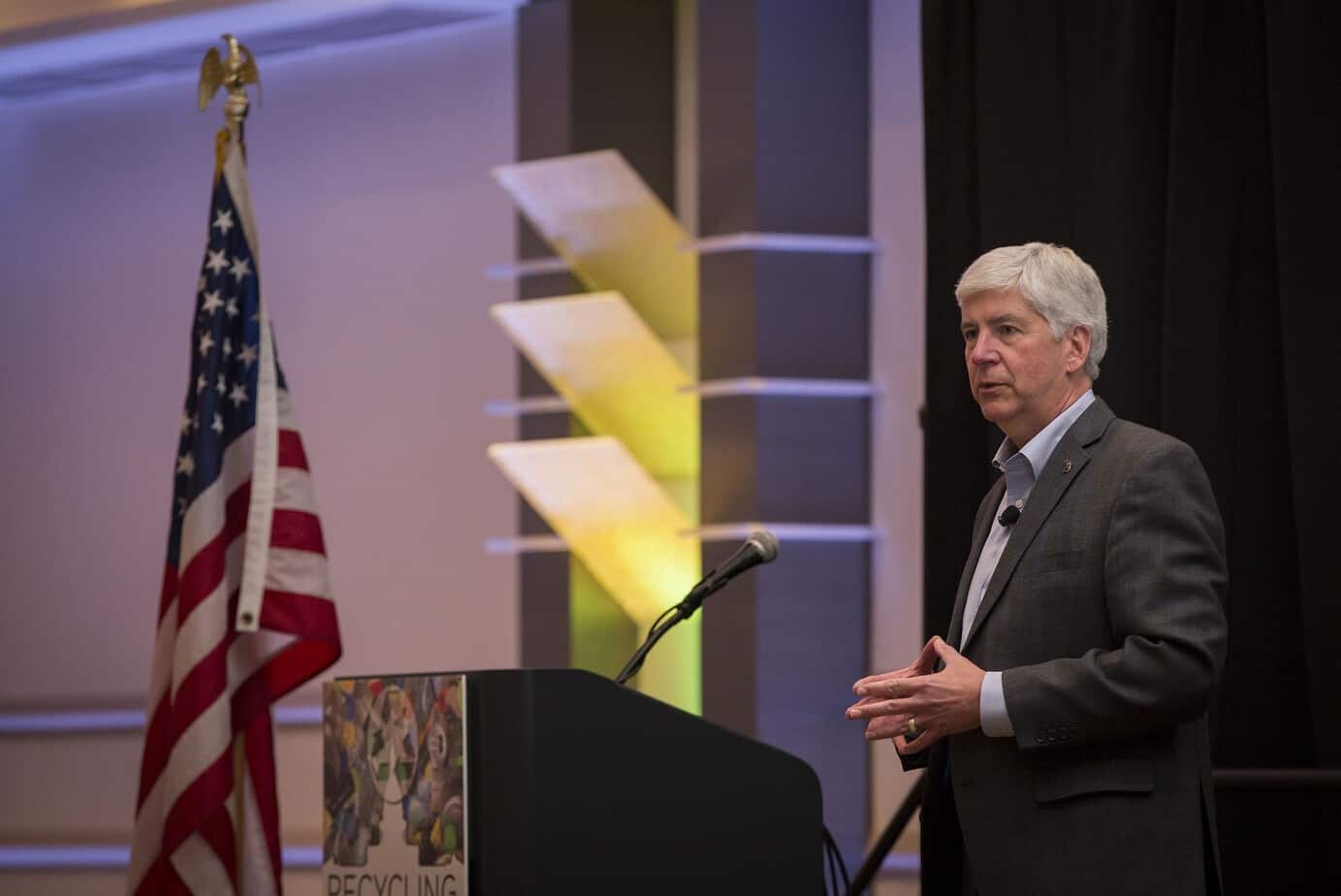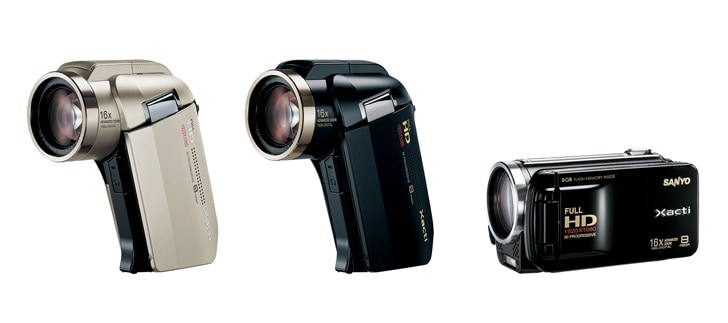What determines the impact of a presentation? The two primary factors are the content and the delivery. Two different speakers presenting the exact same content will still leave their respective audiences with different takeaways. This just goes to show it’s just as important for public speakers to work on how they deliver presentations as it is for them to craft the content.
Here are just four noteworthy habits of engaging public speakers.
Write a Script, But Don’t Use It
The most traditional approach to designing a presentation goes something like this: The speaker makes all their slides first. Then, they fill the placeholders with text and images. Finally, they write a script based on this deck. Thus, the slides dictate the speech.
Instead, create your script first and use it to shape your slides and messaging. Working from a bundle of slides is limiting; it can lead to choppy or formulaic delivery. Writing a script with everything you want to say and using it to craft the rest of your presentation ensures relevancy and gives it a cohesive shape.
A script is a great tool for planning and practicing your presentation. However, leave it behind when you step onto the stage or take the podium. Reading verbatim from your notes will diminish your presentation’s overall appeal. Avoid overly rehearsed, “canned” delivery. You want it to feel fresh, authentic and polished—but never memorized.

Start Your Presentation Strong
An effective speaker knows they have to grab the audience’s attention quickly or risk losing it for good. Sometimes undermining expectations is exactly the ticket. Here’s one idea for boosting interactivity and trust with your audience from the outset: Tell them you expect them to chime in with questions and comments throughout. You can even go so far as to tell them you want them to interrupt you—productively, of course—instead of waiting for a formal Q&A session at the end.
The point is: To be an engaging public speaker, you must get the audience involved and set your expectations early. That way, everyone will have a reason to “stay on the ball,” so to speak.
Prioritize Your Audience
There are many creative presentation ideas you can try, from switching up your train of thought every three minutes to engaging in team-building icebreakers. Whichever tactics you choose, think about your audience above all else.
What are they getting from your content and delivery? What can you do to make it more interesting for them? This will help you avoid many of the symptoms of a checked-out audience: glazed stares, multitasking and confusion. You can even try running some of your wackier ideas by a focus group before the big day to help you determine which are winners.
Provide Concrete Examples
Presenters must build credibility in the eyes of their audience. One of the best ways to do so is by always backing up your claims and assertions with concrete examples. Examples can be both factual and anecdotal.
Say you’ve just taken over as the managing director of a medium-sized business. It’s your introductory all-hands meeting, so you want to make a good impression and lay out your vision moving forward. Consider the impact of these two statements:
- “I’ve been with this company for eight years, so I have a good feel for how it works.”
- “I’ve been with this company for eight years. My first desk was located upstairs in the south wing, where the development team sits now. I remember on my first day, I didn’t know anyone. Luckily, my team invited me to sit with them in the cafeteria at lunch. We had a friendly debate over whether leftovers are best left cold or reheated. I realized that very first day that our company has a special culture. And that’s one of our strengths I intend to preserve and grow as managing director.”
Providing details makes the story seem more real; it illustrates your investment in the company. So, get specific whenever you can—as long as the specificity is integral to the meaning of what you’re saying.
Incorporating these four habits of engaging public speakers will help make your next presentation more impactful. When in doubt, consider your content and delivery through the audience’s eyes.






